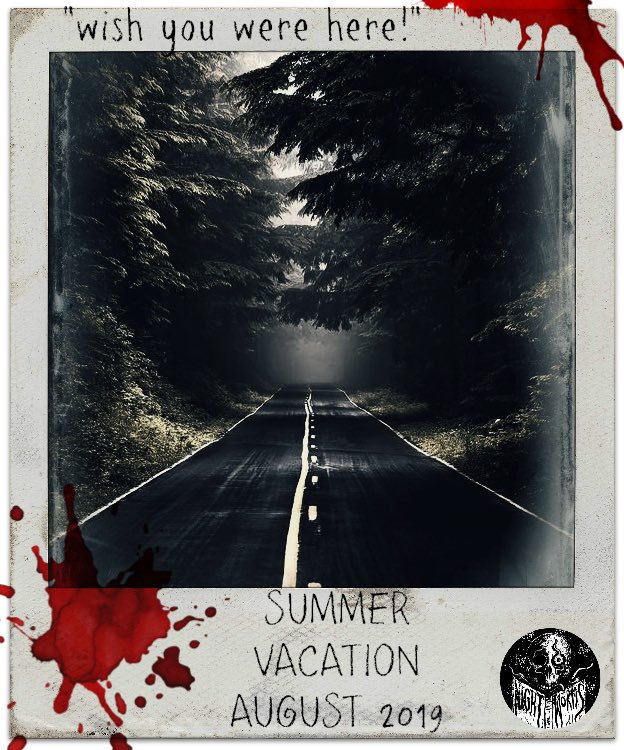
The Circle by Dave Eggers
My rating: 2 of 5 stars
In his 2013 novel, The Circle, Dave Eggers leaves the specifics of how The Circle’s technology works to the reader’s imagination, a gambit that can be generative in the hands of certain writers. However, Eggers wrote a 500 page book about an Internet company but seems to understand neither the Internet nor companies. That’s a whole other ballgame, particularly when he embeds his imaginary techno-nightmare in reality by name-checking Steve Jobs, Facebook, Google, and the like. Furthermore, Eggers has written a female protagonist, Mae Holland, but doesn’t seem to understand women very well.
That said, if I were teaching my college course on cyberculture again any time soon, I would almost certainly put it on a supplementary reading list because I believe it raises some interesting question, even if accidentally. (privatization of government, voter protections, and the right to opt out among them). Nevertheless, I wavered over whether to give it 1 or 2 stars.
I can accept that the idealistic young tech workers of The Circle truly believe in what they’re doing. I can believe that they have no concerns about the economics, access to private land, the digital divide, literacy, or any of the other factors that would in reality hopefully prevent the whole world from buying in to the kind of technology being developed. I have met these people and they are legion. I think that Eggers does capture that sense of excitement, exhaustion, and optimism that fuels ambitious workers at young companies, especially young people with expensive educational debt, and limited job prospects. Additionally, and without spoilers, I think that Eggers captures the desperation of the chronically ill in the current American healthcare and insurance system. When the Circle puts Mae’s father, whose MS is not being managed or treated due to lack of insurance, onto her health plan, Mae has strong motivation to hold on to her job no matter what is asked of her. That premise gets stretched increasingly thin as the book progresses, and eventually the way Mae treats her family increases my alienation from her rather than garnering sympathy.
The plotholes and authorial pratfalls undermine elements which are the stuff of good satire, but are too spoilery to outline here. Even these fall short, however, because the plot is predicated on the idea that most of the world will buy into The Circle’s technology because the Internet magically became a civil place when the Circle rolled out TruYou, an authentication system that removes the possibility of anonymity or privacy from online comments, commerce, or social interactions. Seriously? What? No.
Now I know why I read the first half of this book the week it was released and then banished it to a distant corner of my office. When the trailer for the feature film adaptation starring Emma Watson/Tom Hanks was released, I decided to finish the book. If the movie is even slightly as naive as the book, it must be a trainwreck and, when I wrote this original review in 2017 I fully intended to catch a cheap matinee, but then apparently came to my senses. It has a 15% tomatometer rating! That’s actually a lot higher than I expected.
View all of my reviews at Goodreads or read the full versions with embedded links here. This review was originally posted on Goodreads January 02, 2018 and has been updated with links and additional information for this post.




